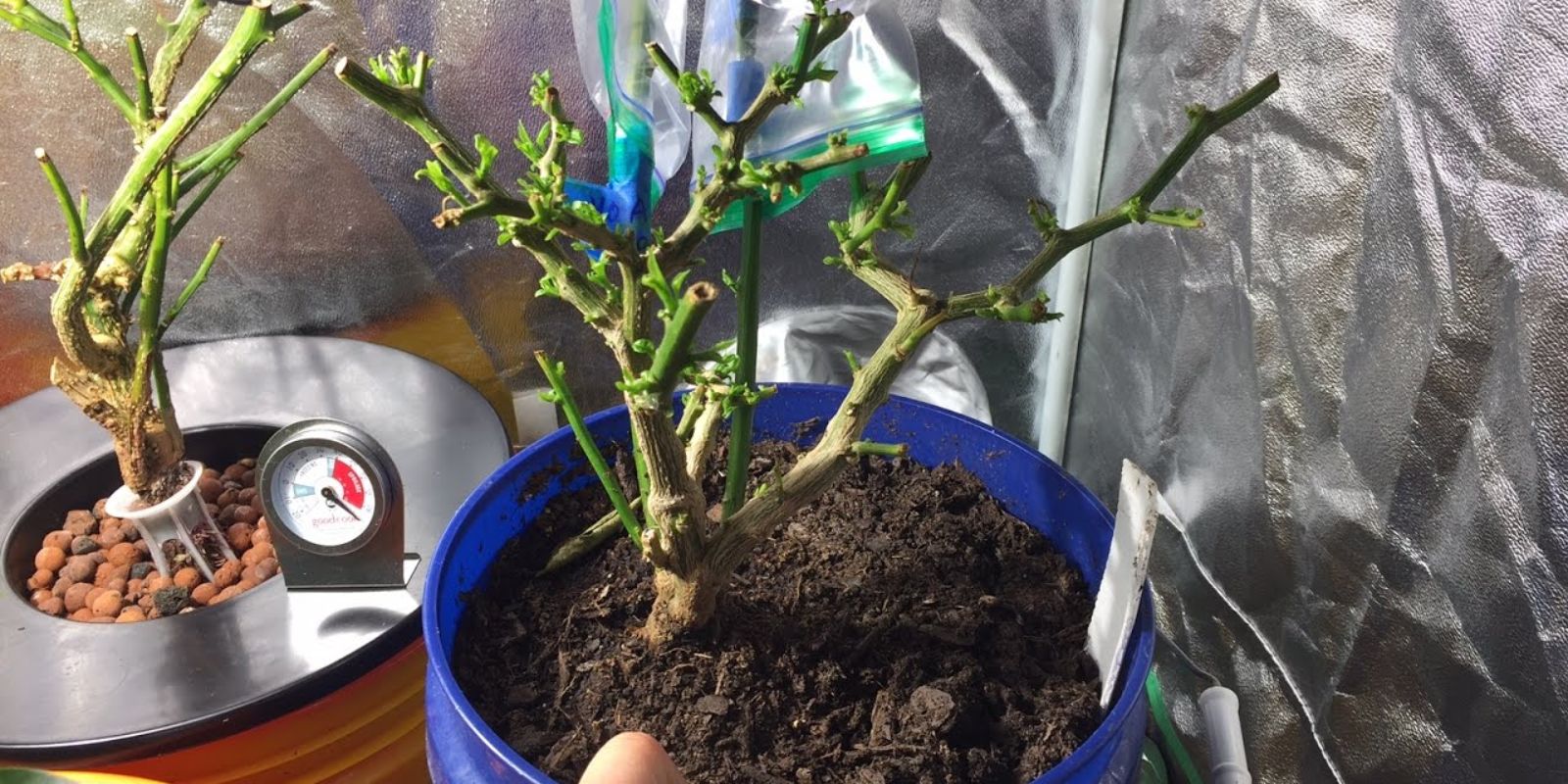Peppers are a staple in many home gardens, known for their vibrant colors, unique flavors, and culinary versatility. But as the gardening season winds down, many gardeners wonder what to do with their beloved pepper plants. The good news is that you don’t have to let them wither and die with the first frost. By learning the art of overwintering, you can save your pepper plants and enjoy a head start on next year’s harvest.
This guide will walk you through everything you need to know about overwintering peppers—from preparation to care tips—ensuring your plants survive and thrive through the colder months.
Why Overwinter Peppers?
Overwintering is the process of keeping plants alive during their dormant period in winter. For pepper plants, this means preserving the mature plant indoors until it can be replanted outside in the spring. Here are some key benefits:
- Cost-Effective: No need to buy new seeds or seedlings each year.
- Faster Harvest: Mature plants grow and produce fruit quicker than new plants.
- Plant Variety Preservation: Save rare or heirloom pepper varieties that might be hard to find again.
- Environmental Benefits: Reduce waste by reusing plants.
When to Start Overwintering
The ideal time to begin the overwintering process is before the first frost. Keep an eye on your local weather forecast and start preparations when nighttime temperatures consistently drop below 50°F (10°C).
Step-by-Step Guide to Overwintering Peppers
1. Select the Right Plants
Choose healthy, disease-free pepper plants. Look for those that are still producing fruit or have vibrant, pest-free leaves. Avoid plants showing signs of disease or severe pest infestations.
2. Prune Your Pepper Plant
Pruning is a critical step in overwintering. Here’s how:
- Use clean, sharp pruning shears to remove all the leaves, flowers, and remaining fruit.
- Cut back branches, leaving only the main stem and a few sturdy branches. This helps the plant conserve energy during dormancy.
3. Dig Up and Repot
If your pepper plants are in the ground, carefully dig them up, taking care not to damage the roots. Repot them in containers filled with fresh, well-draining potting soil. For plants already in pots, check the root system and upgrade to a slightly larger pot if needed.
4. Transition Indoors
Acclimate your plants to indoor conditions by placing them in a sheltered area like a garage or covered patio for a few days before bringing them fully indoors. This reduces transplant shock.
5. Provide Adequate Light
Place your plants in a location that receives ample light, such as a sunny south-facing window. If natural light is insufficient, use grow lights to supplement. Peppers need about 12-16 hours of light daily to stay healthy.
6. Adjust Watering
Reduce watering significantly. During dormancy, the plant’s water requirements decrease. Water only when the soil feels dry to the touch, and ensure good drainage to avoid root rot.
7. Monitor for Pests
Indoor environments can attract pests like spider mites and aphids. Inspect your plants regularly and use insecticidal soap or neem oil to address any infestations promptly.
8. Maintain Ideal Conditions
Keep the indoor temperature between 55-70°F (13-21°C). Avoid placing plants near drafts, heaters, or radiators, as extreme temperature fluctuations can stress them.
Caring for Dormant Peppers
During dormancy, your pepper plants will appear lifeless, but don’t worry—this is normal. Focus on keeping the plant’s roots healthy and preventing pest issues. Here are some additional tips:
- Avoid over-fertilizing. Dormant plants don’t need extra nutrients.
- Rotate the pots occasionally to ensure even light exposure.
- Keep the environment humid by misting the plants occasionally or placing a tray of water nearby.
Reviving Your Pepper Plants in Spring
As the weather warms up and frost danger passes, it’s time to wake up your pepper plants:
- Gradually reintroduce them to outdoor conditions by placing them outside for a few hours daily.
- Increase watering and feed with a balanced fertilizer to encourage new growth.
- Replant in your garden or larger pots, ensuring the soil is nutrient-rich and well-draining.
Common Challenges and Solutions
1. Yellowing Leaves
- Cause: Overwatering or insufficient light.
- Solution: Adjust watering frequency and ensure the plant gets enough light.
2. Pest Infestations
- Cause: Indoor conditions may attract pests.
- Solution: Regularly inspect plants and treat promptly with organic solutions like neem oil.
3. Plant Not Thriving in Spring
- Cause: Insufficient care during dormancy.
- Solution: Be consistent with light, temperature, and watering.
Why Overwintering Peppers is Worth the Effort
Overwintering peppers might seem like a labor-intensive process, but the rewards are well worth it. Not only does it save time and money, but it also allows you to cultivate healthier, more productive plants year after year. Plus, overwintering gives gardeners a unique opportunity to deepen their connection with their plants and refine their skills.
Conclusion
Overwintering peppers is a game-changer for any gardening enthusiast. By following these steps, you can keep your plants alive through the winter and enjoy the benefits of mature, thriving plants come spring. So, grab those pruning shears and get started—your future self (and garden) will thank you!
Join the Conversation
Have you tried overwintering peppers before? Share your experiences, tips, or questions in the comments below! Let’s grow together. 🌱
#OverwinteringPeppers #PepperPlants #GardeningHacks #WinterGarden #HomeGardening #PlantCareTips #GardenGoals

